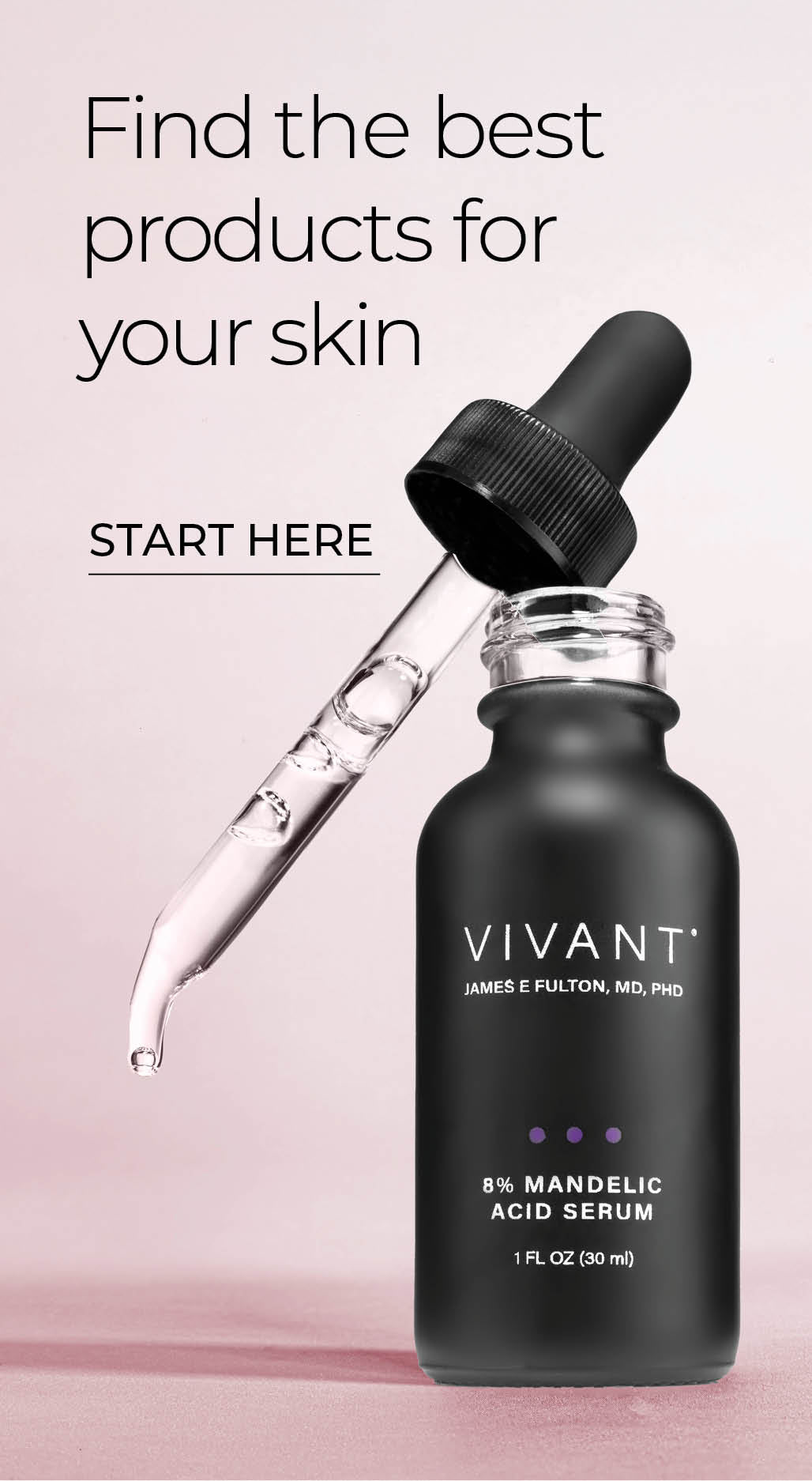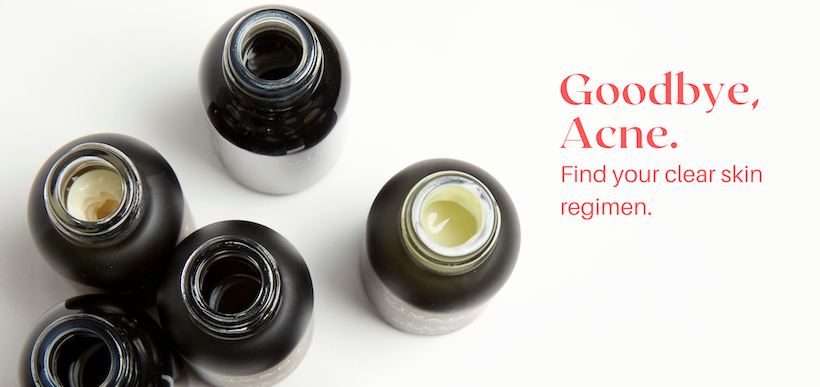The Dark Side Of Sugar

The things humans do with sugar are amazing. (Caramelized pineapple upside down cake, anyone?) The things sugar does to humans, however, not so amazing.
You already know about sugar’s darker side when it comes to weight gain and diseases like diabetes, but did you know sugar also has it in for your skin?
When glucose levels get raised, sugar molecules maraud around your system looking for proteins to cozy up with. It’s a toxic relationship in which protein comes out the loser. When sugar molecules bond with proteins (glycation), advanced glycation end products (AGEs) are formed, which cause protein fibers to become stiff and irregular.
Collagen and elastin—the proteins in skin that are the foundation of a youthful appearance—are the ones most affected by glycation. Those proteins, under the influence of AGEs, lose their suppleness and strength, undermining skin’s firmness, structure, and radiance and leading to wrinkles, sagging, dullness and loss of youthful appearance.
The process of glycation is part of the natural aging process. It starts around age 20 and accumulates at a rate of about 3.7%. But the inflammation caused by elevated glucose levels accelerates the process. Specifically, white sugar and high-fructose corn syrup have been shown to increase the rate of glycation ten-fold. Additionally, studies show that UV radiation stimulates glycation of elastin in the presence of sugars.
No one is suggesting you delete the Pinterest board you’ve devoted to chronicling confectionary works of art, or that you give up sugar entirely. That would be nearly impossible. All carbs get converted to sugar and carbs are required to keep your body functioning properly.
But understand the sugars you’re consuming and plan accordingly. Simple carbs—white rice, white bread, pasta—get converted faster and with higher levels of glucose. Complex carbs like brown or black rice, whole grains, fibrous vegetables, and nuts are converted more slowly and create less of the glucose that fuels AGEs. Plus, complex carbs and natural sugars like fructose or lactose also come with a host of nutrients that are important for healthy body and skin.
But be careful about things like juices and smoothies, which concentrate sugars giving you double or triple the amount you’d get from eating a single piece of fruit, and with none of the fiber to slow down absorption.
Go ahead and have a dessert now and again. We’re not tyrants. In fact, it’s probably not desserts that are the biggest source of sugar in your diet. It’s all the hidden sugar in places you wouldn’t expect.
Products that claim to be healthy can be some of the worst offenders when it comes to hidden sugar. Many large-scale manufacturers add sugar to whole grain bread, for instance, because they think it makes it more palatable. Some brands labeled “no artificial anything” have as much as five grams of sugar in one slice of whole grain bread. (Sugar is not artificial after all.)
A five-ounce serving of flavored yogurt can have as much as 20 grams of sugar; that’s five teaspoons! Opt for plain yogurt and add your own fresh fruit.
Beware products that say low fat. The fat is often replaced with corn syrup to make up for the loss of flavor from fat. Low-fat peanut butter, for instance, typically has four times the sugar content of its full-fat, unadulterated counterpart. This makes even less sense when you consider the fat in peanut butter is the healthy kind. Go for the fat. Skip the sugar.
Alcohol is another source of sugar we tend to overlook, though it’s a slightly confusing area. The actual sugar content in many types of alcohol is low or non-existent. In winemaking, fermentation turns the fruit sugar into ethanol and carbon dioxide leaving only small amounts of sugar behind. Beer has no sugar, but it’s high in simple carbs. Distilled liquors have no carbs or sugar, but the mixers tend to be sugar-laden juices, sodas or tonic water (yes, tonic is loaded with sugar!). Sweet wines, including champagne, and liqueurs are considerably higher in sugar.
In addition to reducing your sugar consumption, you can disrupt the process of glycation and help control the accumulation of AGEs by using skin care products that stimulate collagen production and offer antioxidant protection. Green tea and vitamin C and E have been shown to be disruptors of glycation. Retinoids (vitamin A) and peptides both stimulate fibroblast production and increase elasticity.
Vivant recommends:

Green Tea Antioxidant Cleanser is rich in collagen-supporting polyphenols and vitamins C and E and anti-inflammatory ingredients to help combat the effects of AGEs.

Spin Trap Antioxidant Serum harnesses the antioxidant strength of vitamins C & E to inhibit and slow the process of glycation and protect skin from photoaging.
Derm-A-Gel Daily Vitamin A Serum accelerates cellular turnover and encourages the formation of new collagen and elastin to fight the effects of glycation.
Wink Eye Rejuvenation Cream’s antioxidant and nutrient rich formula firms, lifts and brightens with vitamin A and peptides, which give cellular metabolism a boost and aid in restoring lost collagen.




Comments